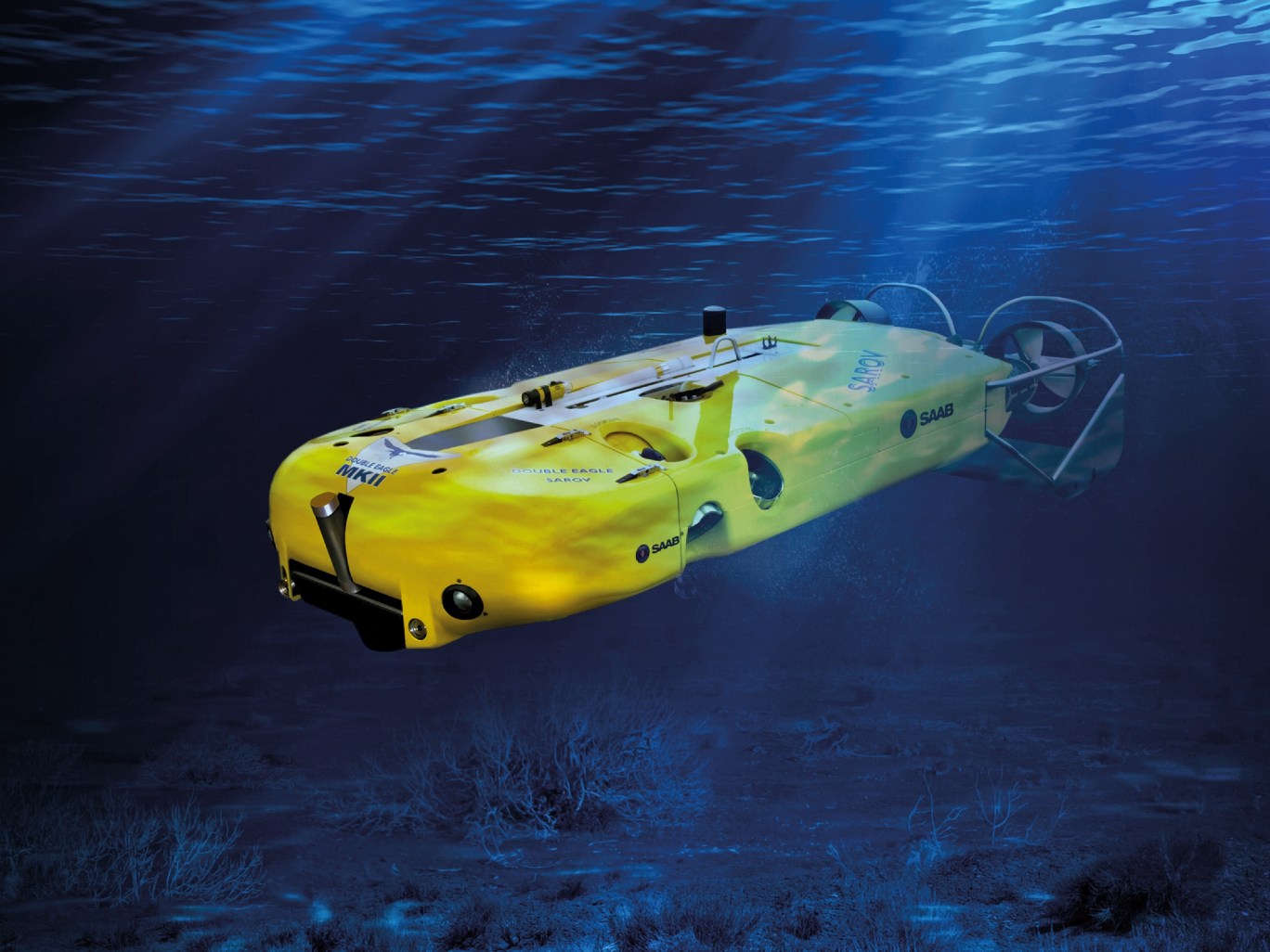Swedish defense company Saab has secured a contract to deliver a Double Eagle undersea mine countermeasures drone to the Kuwait Naval Force.
The order is part of a US Navy foreign military sales program supporting Kuwait’s efforts to modernize its sub-surface mine disposal capabilities.
Under the agreement, the firm will deliver a Double Eagle system in its Sem-Autonomous Remotely Operated Vehicle (SAROV) configuration for “detection, classification, and identification” tasks during anti-mine operations.
Boosting Swedish-US Cooperation
Major development and production of Kuwait’s future Double Eagle will be facilitated in Linköping, Sweden.
Simultaneously, Saab’s Autonomous and Undersea Division in Cranston, Rhode Island, will supply the drone’s components in partnership with production sites in Sweden, Denmark, and the UK.
The company wrote that this approach supports the continuous augmentation of Stockholm’s technologies in the US.
Saab unveiled its 10,000-square-foot (929-square-meter) Rhode Island facility in April 2022 and has since facilitated multiple projects in Swedish and US defense.
“We’re excited to introduce production of this undersea vehicle capability to the United States,” Saab US President and CEO Erik Smith said.
“The Autonomous and Undersea Systems team has established both a highly experienced team of undersea vehicle experts and significant new production capabilities for Saab that position us for greater US market expansion.”
The Double Eagle Drone
The Double Eagle family of remotely operated vehicles comprises “highly maneuverable” systems that can be launched from shore or surface vessels.
Each drone under this product line can be housed in a standard container, enhancing the system’s availability and the user’s response to underwater explosives.
The Double Eagle’s SAROV variant can be leveraged for other tasks alongside tactical counter-mine expeditions, including subsurface search, surveys, and Rapid Environmental Assessments.
The vehicle uses a thin fiber optics tether to sustain real-time communication for long-range missions greater than 3 kilometers (1.86 miles) and an adjustable internal/hybrid battery setup for endurance operations.












